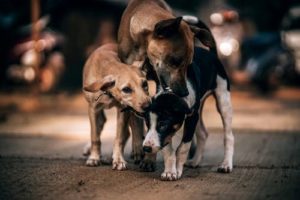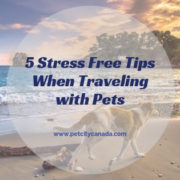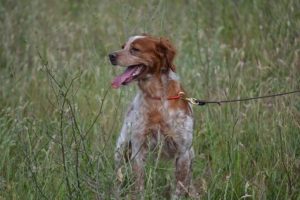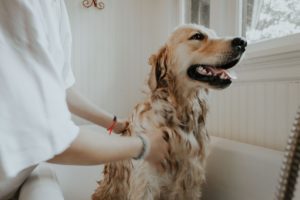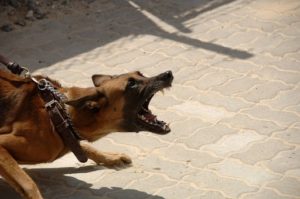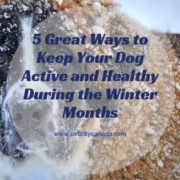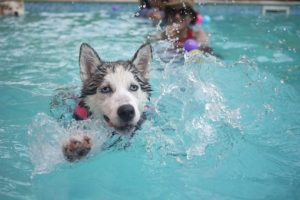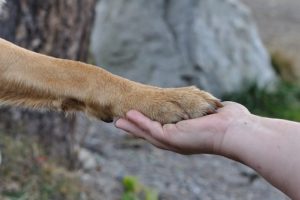4 Common Causes of Misbehavior in Dogs and What to Do About It!
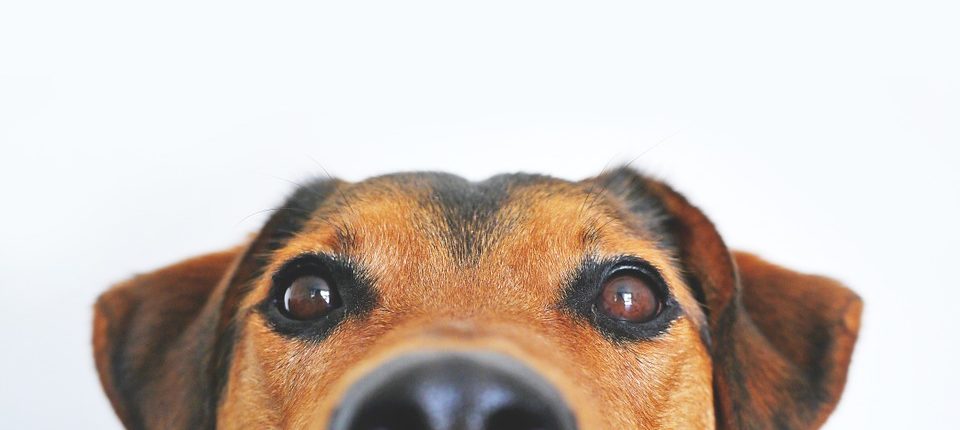
Most of us dog owners have come home to a chewed-up slipper or couch cushion. It is so hard to understand how your dog who loves you unconditionally could do something so destructive! What about the times your dog keeps you up in the night, barking at the tiny flies outside the front door?! Hello frustration! There are so many forms of destructive behavior that can present itself in our furry best friends such as:
- Chewing shoes, or other items
- Barking
- Anxious or restless behaviour
- Digging in the garbage, or garden
- Jumping up on you, or worse – on your guests!
Reasons
While yes, lack of proper training is a definite cause to some of these behaviors, there are often other reasons leading to this type of behavior. Starting with ensuring your dog has received proper training (and often ongoing training) for proper behaviour is important. Remember, your dog doesn’t speak your English and will need to be trained to understand your expectations.
Pent up Energy/Lack of Stimulation
Another cause for destructive behaviours is simply due to pent up energy. Remember, dogs don’t have the same busy lives we do. They don’t go to jobs or have to prepare meals or take care of a busy household. While some breeds need more exercise than others, all dogs need to get at minimum 30-60 minutes of exercise a day! Sending them to the backyard on their own may not be enough.

Solution:
- Take them for a hike, or a long walk around the neighborhood.
- Go to a local dog friendly field where you can throw the ball for them!
- Your local dog park is also a great place for them to run around with other dogs (also providing them with social interaction that is stimulating)
- Lack of time? Hire a Dog Walker to come and walk your dog a few days a week when you don’t have the time to squeeze it in. Your fancy shoes will thank you!
Lack of Stimulation
Not enough mental stimulation will also lead to boredom in your dog, and then destructive behavior. Basically, your dog is just trying to find something to do with their time! If your dog is left alone for long hours of the day, they are likely not being stimulated enough. Stimulation is a stress reliever for dogs and helps shape their personality.
Solution:
- Provide opportunities to be exposed to interesting places and things. Have to run an errand? Throw them in the car and take them for a drive – it’s a small fix, but that 40 minutes of watching the cars and people pass is more stimulating than staring at your door waiting for your return!
- Invest in interactive toys for them to play with, such as hiding treats in a toy.
- Leave on the television. Yes, there is even such thing as DOG TV designed to keep your dog happier and more relaxed!
- Doggy Day Care. If you work long hours, sending your dog to doggy daycare a few days a week will help wear them out and keep them stimulated so they are ready to snuggle up on the couch with you at the end of the day.
Adolescence
Keep in mind that dogs do go through an adolescent phase between 5 to 18 months of age. Similar to teenage behavior, at this age your dog may test his limits and see what they can get away with.
Solution:
- Ensure you are addressing their need for stimulation and exercise
- Stay on top of your training. Keep reinforcing the good behaviours.
- Be aware of how you respond to the unwanted behaviours that are coming out. Remember, your dog may not differentiate between good and bad attention as long as it’s attention.
Medical Concern
There is always the possibility that sudden onset of misbehavior in your dog is due to a medical condition. If you are at all concerned there is something more going on, ensure you get your dog checked out by your local veterinarian as soon as possible.
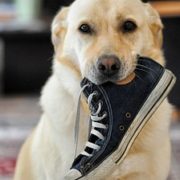
At Pet City Canada, we are here to support you! Contact us today!
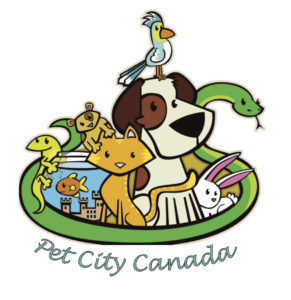
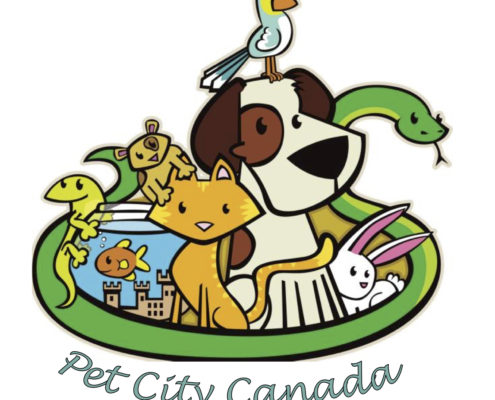
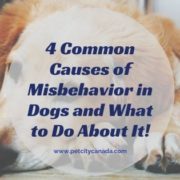
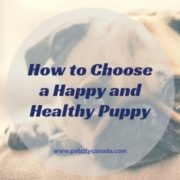
 It would be upsetting for you and your family to bring home a new puppy and find out that it is unwell. Even though some health concerns are not distinguishable early on, some tell tale signs shouldn’t be ignored. Here are a few characteristics you should consider when choosing a new puppy.
It would be upsetting for you and your family to bring home a new puppy and find out that it is unwell. Even though some health concerns are not distinguishable early on, some tell tale signs shouldn’t be ignored. Here are a few characteristics you should consider when choosing a new puppy.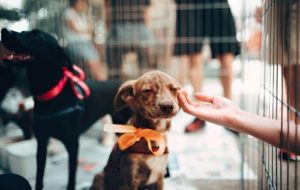


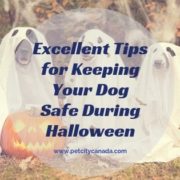



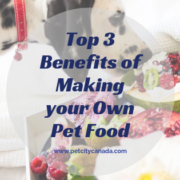
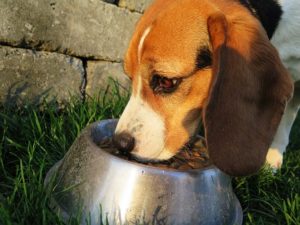


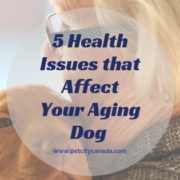


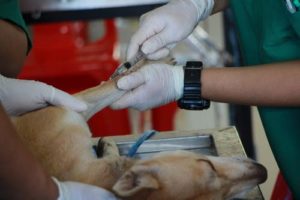 A groomer who regularly sees your pet will also notice subtle changes and alert you as they happen. Pet grooming is important for any dog; especially an aging one that needs closer monitoring for cleanliness and any health changes.
A groomer who regularly sees your pet will also notice subtle changes and alert you as they happen. Pet grooming is important for any dog; especially an aging one that needs closer monitoring for cleanliness and any health changes.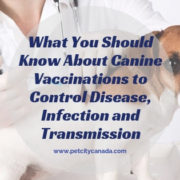
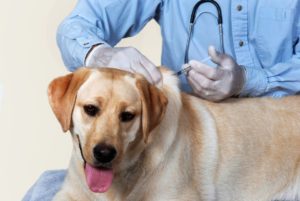
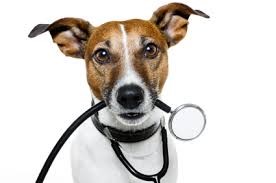 The types of symptoms your dog experiences are dependent on the illness they have contracted. A wide range of symptoms are gastrointestinal upset, lethargy, weight loss, decreased appetite, vomiting, fever, cough, bloody diarrhea, dehydration, hair loss, pain, muscle weakness, and difficulty breathing, and possible death. Always seek the advice of a Veterinarian if your dog has any of these symptoms.
The types of symptoms your dog experiences are dependent on the illness they have contracted. A wide range of symptoms are gastrointestinal upset, lethargy, weight loss, decreased appetite, vomiting, fever, cough, bloody diarrhea, dehydration, hair loss, pain, muscle weakness, and difficulty breathing, and possible death. Always seek the advice of a Veterinarian if your dog has any of these symptoms.